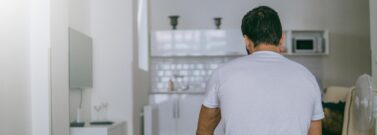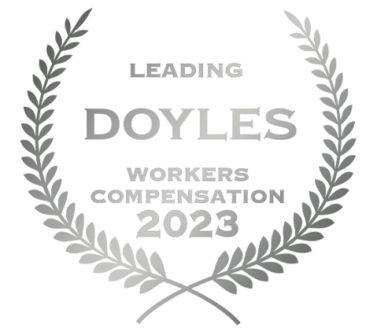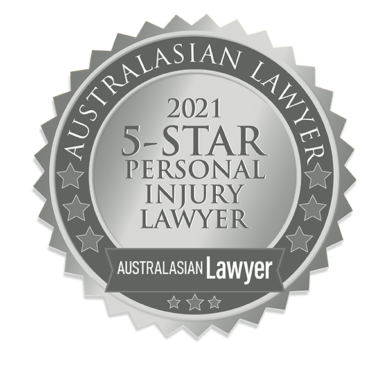
The Office Hazards Everyone Should Know About.

Sitting in chairs, using a computer, walking to a meeting – these are generally the kind of actions that come to mind when we think about office work.
No, they don’t exactly scream danger, but every year thousands of Australians fall victim to a serious office-related injury.
According to Safe Work Australia, almost eight per cent of all workers who submit a serious workers compensation claim work in an office setting, where office safety is not always a top priority.
It may come as a surprise, but fractured limbs, serious back problems, musculoskeletal issues even impaired vision, are all injuries that do occur in the office. But what can possibly cause these serious types of injuries?
Quite often, the hazards that exist in every office aren’t always obvious or sometimes so obvious you don’t perceive them to be a hazard.
Here are some of the most common office hazards you need to be aware of:
Beware of lifted carpet
Most offices are fitted with carpet and over time, poorly managed carpet has the tendency to lift or upturn at the edges and seams. This poses a serious threat to all staff as trips are one of the most common causes of office injuries. Head injuries, broken wrists, dislocated shoulders and knee ligament damage are just some of a range of injuries that can result from the presence of this particular hazard.
It’s important you consistently monitor the state of the carpet (specifically at the edges) in order to avoid injury.
Flashing lights and poorly lit areas – it’s an office, not a nightclub
You don’t have to be a genius to realise that a poorly lit area exposes you to a range of dangerous situations and potential injuries. If you’re in a poorly lit archive room, your peripheral vision – which helps you scan for any hazards as you move – can become significantly impeded, increasing your chances of tripping over a box or bumping into any exposed objects.
In addition to the obvious, consistently working in an area that isn’t appropriately lit or features a malfunctioning or flashing light, can be particularly harmful and result in headaches, migraines, nausea, and eye strain – which can lead to impaired vision over time.
Your wheeled desk chair is a chair . . . not a ladder
Whether it be convenience or a lack of step ladders within the office, workers are continually using their wheeled desk chairs as ladders which can significantly increase the risk of fall-related injuries. An interesting report from the Center for Disease Control out of the US has found that office workers are up to 2.5 times more likely to suffer an injury from a fall than a non-office worker, with falls from wheeled chairs as one of the main contributors.
When you stand on a wheeled chair the unstable base increases movement and the more an individual stretches, the more they’re likely to lose balance and sustain a fall.

Find out how much you can claim.
Talk to one of our friendly lawyers. We’ll listen to you, review your situation, and tell you how much you can claim.
Call for FREE adviceRequest a callback
Electrical cords live under your desk, not out in the open
We live in a technologically reliant world which has done wonders for productivity in the office, but has also resulted in an increase in the presence of electronic devices and cords. Ideally, these cords should be grouped together and secured under a workspace to avoid exposure in a walkway. Frayed electrical cords are often a product of a poorly designed or managed workspace, and along with upturned carpet, are one of the leading causes of trip accidents.
Your workspace might not hurt you today, but it can tomorrow
Unlike the other office hazards, ergonomic or workstation-based hazards are considered to be ‘invisible’ because the harmful effects aren’t immediate and often develop through wear and tear over time. These injuries are known as musculoskeletal disorders (injuries that affect muscles, tendons, ligaments nerves and discs), and according to the most recent report released by Safe Work Australia, musculoskeletal disorders are the most common type of workplace injury (making up 59 per cent of all claims).
It’s important to note that your workstation should always fit you, not the other way around. The height of the chair, desk and computer monitor along with the distance of the keyboard and mouse are all proactive measures that need to be considered when setting up your workspace.
If you’ve been injured in an office-related accident and want to know if you’re entitled to injury compensation, give us a call and speak to one of our specialist workers compensation lawyers for free advice today, or click here for more information on compensation for office-related injuries.
Call 13 15 15 or chat to us now for free advice
Chat nowFind out how much you can claim.
Get startedRelated articles.
Do I have a case?
Our senior lawyers will assess your case for free1.










